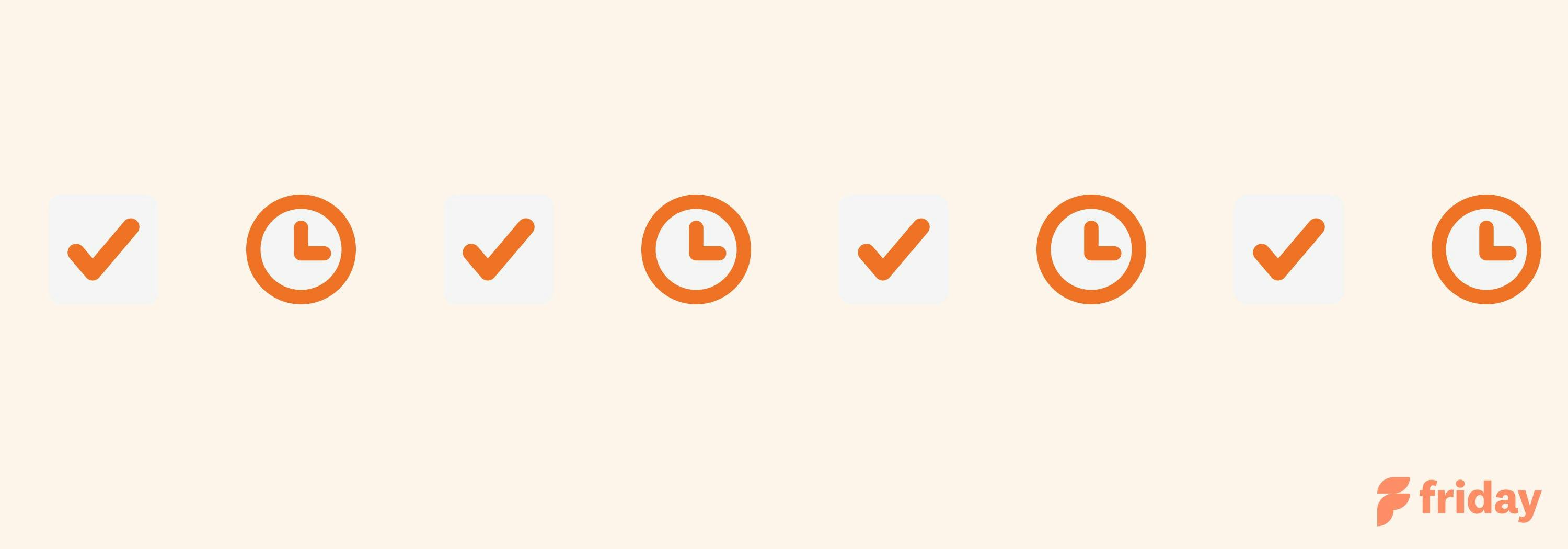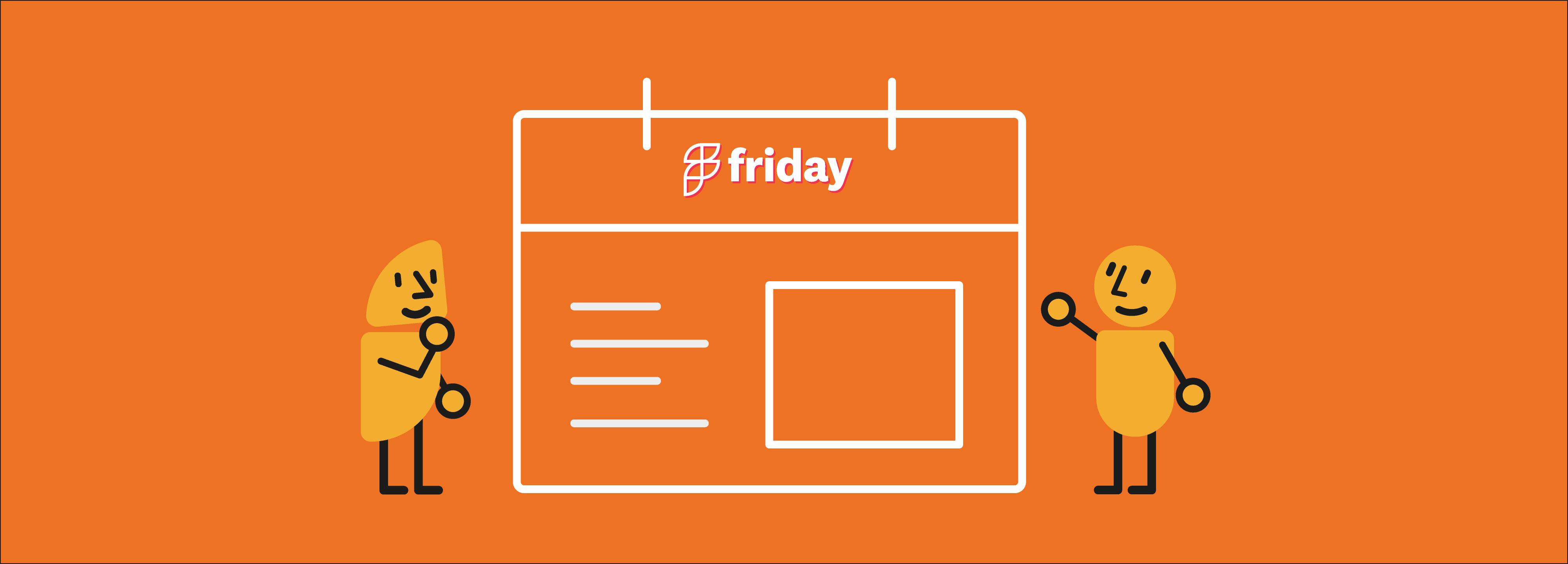Multi-Tasking vs Single Tasking: How To Manage Multiple Tasks At Work

In words attributed to Chinese philosopher Confucius, “life is really simple, but we insist on making it complicated.” As part of a bustling work environment, you probably experience that fact most alarmingly as a mountain of jobs piling up.
If you do get behind a little, you may get a hunger for shortcuts. Multi-tasking does at first appear as wondrous as a money-printing machine, as potent as the finest of snake oils, but there’s a hidden cost that many remain dangerously unaware of.
It’s a term practically synonymous with work, an expected tactic that everyone should use to maximize their output. Try to tackle everything at once and you’ll promptly burn out, not getting much done in the process.
Though multi-tasking can be a good thing in the right situations, for many of us it’s a habit that needs breaking.
What is Multi-Tasking?
Multi-tasking is exactly as it sounds: tackling two or more tasks simultaneously. A bus driver monitoring passengers while hurrying down the road; a teacher writing on the whiteboard as they explain some new concept; a chef whipping up a dozen dishes for as many tables… all real-world evidence of our multi-tasking abilities.
Multitasking is not exclusively professional, either; listening to the radio as you do the dishes is multi-tasking just the same. So, if we seem to have a tendency towards this style of work, what’s the point of single-tasking? Why not multi-task forever?
To the laziest of analysts, it seems an absolute steal; you’re doing twice the work, doubling down on productivity with nothing more than a little extra commitment and brainpower. When it comes to certain activities, multi-tasking is a viable tactic that allows for the doing of numerous things, all at once.
Yet, much work that we think can be multi-tasked proves impossible. When it comes to challenging tasks, multi-tasking has been found to be more so a kind of task-switching.
The Science of Multi-Tasking
In order to understand the best approach for focusing on work, we need to take a trip inside our heads. The science shows that multitasking is not as effective as we want it to be.
We are neurologically inclined to perform better when concentrating on one activity at a time, with numerous studies suggesting multi-tasking to be as much as 40% less efficient than the single-tasking counterpart.
The real surprise is that what we believe to be multi-tasking is often actually task-switching, sometimes referred to as context-switching.
In an article titled The Myth of Multitasking, task-switching is explained as “the brain's response to handling multiple tasks,” which is swiftly followed by a “response selection bottleneck… as the brain determines which task to perform.”
“We inflate our perceived ability to multitask,” suggests a 2019 entry in the journal Cerebrum. “Psychological science and neuroscience indicate that our minds are taxed by multitasking. When we attempt it, we must engage in task-switching, placing increased demands on neurocognitive systems.” Our brains are capable of carrying out several tasks at once, but the energy required inevitably leads to our heads needing to drop all but one.
A rather interesting 2016 study found that teenagers and young adults who self-reported being heavy media multitaskers (“e.g., instant messaging while watching videos”) needed to commit greater attentional effort to perform speech-listening and reading tasks when distractions were present.
These results show that multi-tasking in no way improves one’s ability to handle distractions, or even trains individuals to work more productively.
What is Single-Tasking?
On the other side of this productivity coin, you’ll find single-tasking. While the human brain struggles to hold together several subjects at once, it’s extraordinarily excellent at focusing on a solitary target, fully committing to fulfilling it as quickly as possible.
This resolute dedication goes by the name of single-tasking and, though suspiciously simple, it’s often the far superior method for getting your work finished fast.
A large number of productivity systems rely exclusively on single-tasking, most notably the Getting Things Done (GTD) and Ivy Lee methods, but also everyday necessities like time-blocking and task-batching.
A single-tasking approach means you are less susceptible to distraction, maintain lower energy-consumption rates, and ultimately have better productivity, whether at home or in the office.
Although single-tasking is the prime choice for complicated, high-concentration tasks, the argument between the two types of tasking isn’t as basic as concluding one is always good and the other always bad. In the pursuit of your personal goals and professional targets, a combined approach will provide the best results.
How Long Can You Single-Task?
True focus is a state of mind in which we are fully paying attention to one thing. In this way, we can keep our energy on the task at hand, ensuring a consistent quality and work rate.
Most people seem to have the ability to focus in this fashion for up to 90 minutes, predictably known as the 90-minute rule.
It’s actually to do with our ultradian rhythm, but that’s for another time. After this duration, fatigue quickly sets in, making it progressively harder to continue working. You may not even notice this, which is why taking regular breaks is so crucial to sustained productivity and avoiding a crash in energy.
Depending on how you individually operate, you may prefer to implement a more regular work-rest pattern, something like the Pomodoro method, which dictates you should set a 25 minute timer for uninterrupted working, then take a 5 minute break and repeat.
There are many ways to stay focused while working on a specific activity, however, and knowing how long you can effectively hold focus is a common conundrum.
If you haven’t already, creating a daily schedule is a great system for ensuring you stick to one thing at a time, for an absolutely cracking work day! To much the same result, you can use a bullet journal daily or weekly spread to ensure you’re allocating enough time to your set tasks, minimizing distractions and the temptation to multi-task when you’d be better off prioritizing your most immediate goal.
How Friday Can Help You Plan Tasks and Focus
With Friday, it’s simple to set up focus time so you can ensure you’re doing your best work.
Through the use of the daily planner, you can set up your work schedule, all of the tasks you need for the day, and enter exactly you want to to work on a task.
If you have Slack to communicate with your remote team, you can put yourself on Do Not Disturb mode. This way you won’t receive any notifications that may distract you from work.
If you want to block websites that can cause a distraction, try installing the Friday Chrome Extension for increased productivity. When you try accessing one of the blocked websites, you will receive a message from Friday telling you to stay focused.
Multi-Tasking Works With Low-Demand Tasks
Perhaps one of the most famous anecdotes about multi-tasking deals with none other than Albert Einstein. Before his ground-breaking theory of relativity, or even the famous E = mc2, Einstein had been working away in a patent office.
As one account reads, “On June 23rd, 1902 Einstein started his new job as a technical expert… in the Swiss Patent Office, with a salary of 3,500 francs per year.”
Daniel Smith, author of How to Think Like Einstein, explains that although Einstein was required to assess applications, which “no doubt helped hone his analytical skills,” much of his time was spent “carrying out relatively undemanding tasks… [which] allowed his creative imagination to get to work.”
Required to sit on a stool for eight hours a day, it would appear that Einstein partook in a fair deal of this mental multi-tasking, later writing to his dear friend Michele Besso that “in this worldly cloister, I hatched my most beautiful thoughts.”
Have you ever wondered why you have deep, profound thoughts in the shower, or caught yourself daydreaming while zipping down the highway? Because we drive and (ideally) shower daily, these recurring tasks become so automated that our brains run them on auto-pilot.
As the British Journal of General Practice puts it, “habits are cognitively efficient, because the automation of common actions frees mental resources for other tasks.”
Low-concentration tasks, like data-entry, taking inventory, or the varied administrative duties of a Swiss patent office, can be done with limited mental effort. Despite being engaged with these low-concentration tasks, we’re still able to have remarkably complex thoughts and ideas, largely because we automate them.
In fact, many argue that the very nature of the work in the patent office directly influenced Einstein’s ability to come up with his theories. Separate from the traditional view of multi-tasking, as a kind of cheat to do two things at once, this kind of creative multi-tasking is far more productive. It can be done with a much higher rate of success.
How Can I Get Better at Multi-Tasking?
There are situations in which getting two things done at once works great. Throughout the course of a typical week you’ll repeatedly find yourself multi-tasking, saving time along the way. It works for two reasons, which can be explained through these examples:
1) Reading a book while commuting on the train
In this scenario, you are simply making good use of time. You are in a situation whereby, although you’re busy getting to work, your mental resources are freed up. In a work setting, a comparable situation would be catching up with a colleague’s progress on your team project while waiting for documents to print out.
It’s what personal productivity expert Tony Robbins refers to as No Extra Time, or simply N.E.T., which is to “use time spent commuting, running errands, exercising or cleaning the house to feed your mind with… powerful information that will help you achieve your dreams.” It’s Einstein-approved tasking, for sure!
2) Listening to music while researching a topic
In this example, the research is clearly the primary focus. You are prioritizing the high-concentration task over the low one, so you save the mental drain that comes when multi-tasking two difficult undertakings. At work, this would be similar to taking notes in a meeting, as you’re perfectly able to continue listening while paraphrasing what’s being discussed.
There’s a nifty, little way you can group your tasks together (by difficulty or nature) to get more done, and it’s called task-batching.
What Are the Limitations of Multi-Tasking?
Some forms of multi-tasking are beneficial to productivity or allow for generally better use of time. That’s why multi-tasking keeps popping up in lists of task-management tips all over, argued to be a clear-cut way of boosting your potential.
Listening to a podcast while getting errands done, or staying vigilant of incoming emails when chipping away at a project… that’s multi-tasking done right.
Problems arise when you try to make too much out of multi-tasking. High-concentration tasks are activities that demand absolute attention, like problem-solving or deep reading.
Our brains are simply incapable of performing two substantial jobs at once, and any attempt to do so just ends up with us resetting and readjusting whenever we defer focus.
Such an effect appeared in a 2001 study, in which young adults were tasked with solving problems that required varying degrees of focus. As the problems became more complex, those multi-tasking became less able to focus properly. One author of the study, David Meyer, PhD, suggested that these mental blocks, a consequence of task-switching, could slash as much as 40% of overall productivity.
Managing Work with Single and Multi-tasking
When you’re getting busy with some critical thinking, or any skills that need your highest levels of alertness, focus and creativity, your brain favors a single-tasking approach – it’s just the way of the world and will likely remain so, unless we’re ever able to significantly change the way our brains function.
Thanks to the modern pace of life, we’re always thinking about what else we need to get done. This constant pressure quickly leads to stress. In reality, keeping an effective to-do list or a digital task-management app (like Friday!) can go most of the way towards a steadier, more productive work week. Once you know what you should be working on, single-tasking can help you rapidly, yet steadily, power through an entire checklist. As a general rule, the more adept you become at single-tasking, the more productive you can be.
At times where you can afford to multi-task, it’s more effective to work for short periods of time, and remember that you should be pairing high-concentration tasks with low ones to ensure you’re giving yourself enough brainpower to get the priority assignment done.
When it comes to light work, you can accomplish many things in just a short amount of time. Multi-tasking becomes a heck of a lot easier when you’re keeping it simple, such as tidying up a social media account as you catch up on company news. When it comes to especially challenging work, stick to single-tasking.
The key to productivity is not only learning how to focus, but also how to recognize ineffective methods, the ever-enticing fallacies that seem too good to be true. Now you see multi-tasking for what it really is, you’ll surely be a bit more cautious of the role it plays in your work.


